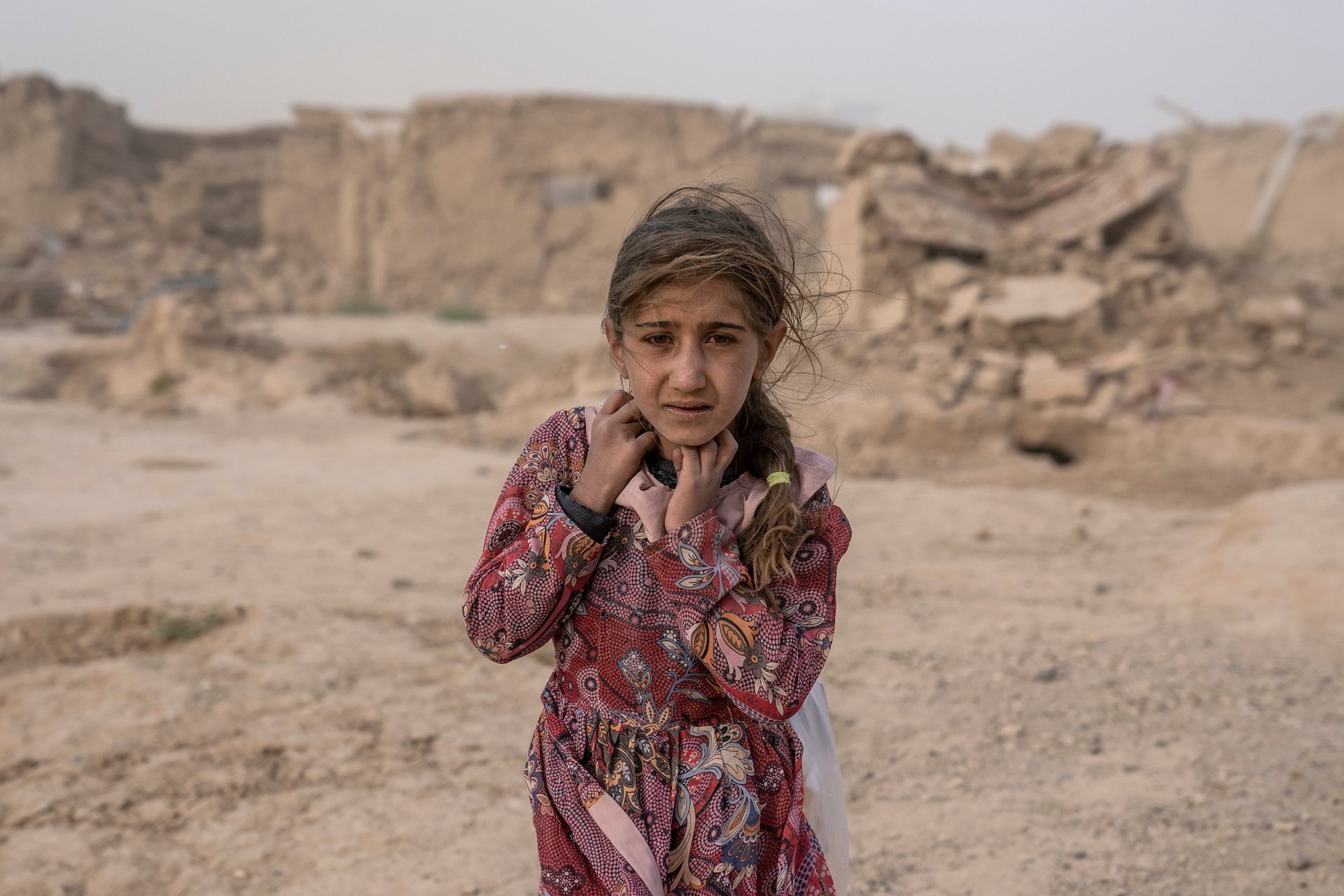More than $400 million needed for western Afghanistan to recover from October earthquake, UN says
The United Nations says more than $400 million is needed for western Afghanistan to recover and rebuild after a devastating earthquake last October that killed around 2,000 people

ISLAMABAD (AP) — More than $400 million is needed for western Afghanistan to recover and rebuild after a devastating earthquake last October that killed around 2,000 people, the United Nations said Wednesday.
Suggested Reading
The magnitude 6.3 quake on Oct. 7, one of the most destructive in the country's recent history, flattened entire villages in Herat province and also left thousands injured and homeless. Months on, survivors are still struggling to rebuild their lives.
Related Content
In a new U.N. report, released together with the World Bank, the European Union and the Asian Development Bank, estimated there is "an urgent need for $402.9 million to support the critical recovery and reconstruction efforts in the province.”
The report said recovery strategies should prioritize restoring access to basic services and building earthquake-safe housing, especially for the most affected families. It said its assessment of the urgent needs relied on field data, publicly available information and remote analytics.
The report represents the first joint assessment since August 2021 and showcases an international resolve to address the needs of disaster-affected communities and support their recovery.
It surveyed some nine districts with roughly 2.2 million people and offers a detailed breakdown of the numbers affected, including categories such as pregnant women, infants and people with disabilities.
According to the report, the districts of Herat, Injil, and Zindajan were the hardest hit, with rural and vulnerable communities suffering the most.
“We are committed to not only addressing the immediate needs but ensuring a sustainable and resilient recovery for those affected by the earthquakes," stated Indrika Ratwatte, the U.N. chief's deputy representative and humanitarian coordinator.
“This tragedy presents an opportunity to rebuild stronger, more inclusive, and more resilient communities,” Ratwatte added.
Earthquakes are common in Afghanistan, where there are a number of fault lines and frequent movement among three nearby tectonic plates.
Afghans are still reeling from recent quakes, including the magnitude 6.5 earthquake last March that struck much of western Pakistan and eastern Afghanistan, and an earthquake that hit eastern Afghanistan in June 2022, flattening stone and mud-brick homes and killing at least 1,000 people.